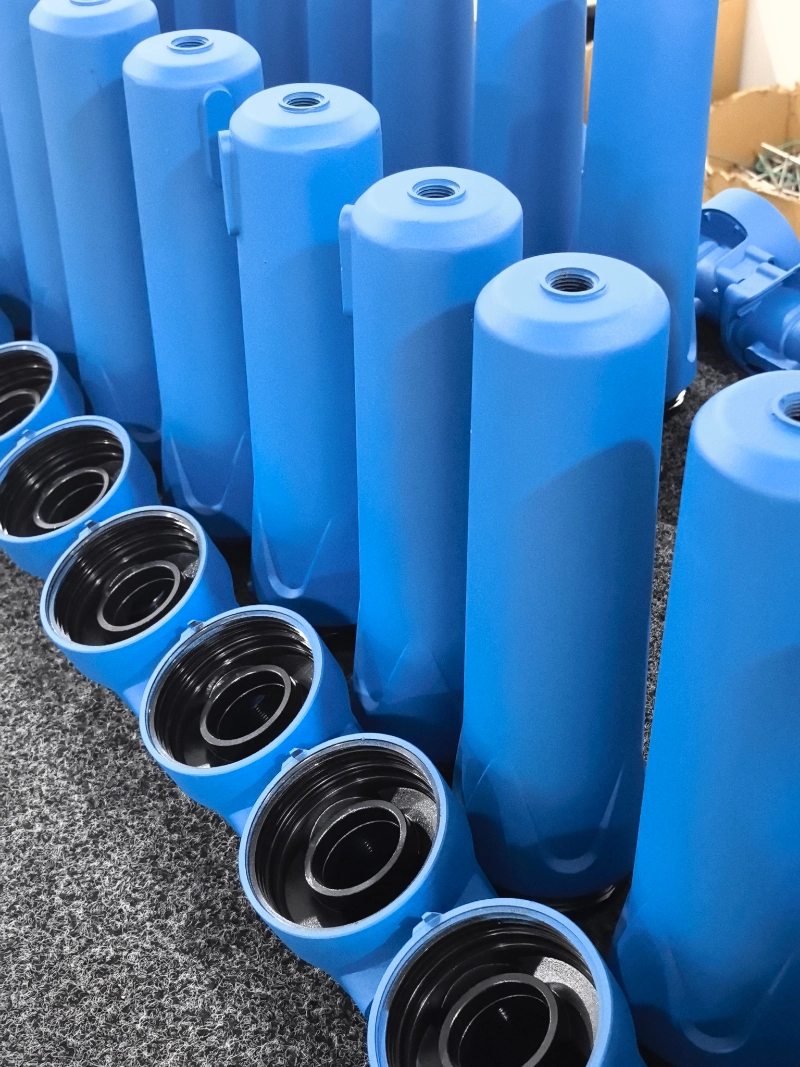In today's fast-paced world, where environmental concerns and human health take center stage, the choice of building materials has become crucial. With a myriad of options available, it is essential to identify the healthiest building material that not only ensures structural integrity but also promotes a sustainable and healthy living environment. In this article, we will explore the key factors that define the healthiest building material and delve into the top contenders in the industry.
- Indoor Air Quality:
One of the primary considerations for a healthy building material is its impact on indoor air quality. Volatile Organic Compounds (VOCs) emitted by certain materials can lead to respiratory issues and other health problems. The healthiest building materials are those with low or no VOC emissions, such as natural materials like wood, cork, and clay. These materials not only enhance air quality but also provide a pleasant and calming ambiance. - Thermal Comfort:
The healthiest building materials contribute to thermal comfort, ensuring a pleasant indoor temperature throughout the year. Materials with high thermal mass, like concrete and stone, absorb and store heat, regulating temperature fluctuations. Additionally, natural insulators like wool and cellulose minimize heat loss, reducing the need for excessive heating or cooling systems. By maintaining a comfortable indoor environment, these materials promote well-being and energy efficiency. - Moisture Control:
Moisture control is vital to prevent the growth of mold, mildew, and other harmful microorganisms. The healthiest building materials possess moisture-regulating properties, allowing them to absorb and release moisture without compromising structural integrity. Materials like hempcrete, a mixture of hemp fibers and lime, possess excellent moisture control capabilities, reducing the risk of indoor air pollution and associated health issues. - Sustainable Sourcing:
Sustainability is a key aspect of the healthiest building materials. Materials sourced from renewable resources, such as bamboo and cork, are highly regarded for their minimal environmental impact. Additionally, materials that can be recycled or reused at the end of their life cycle, like steel and glass, contribute to a circular economy, reducing waste and promoting a healthier planet. - Biophilic Design:
The healthiest building materials embrace biophilic design principles, connecting occupants with nature. Natural materials like wood, stone, and living walls not only enhance aesthetics but also have a positive impact on mental well-being. Biophilic design has been proven to reduce stress, improve cognitive function, and increase productivity, making it an essential consideration for healthy buildings.
Conclusion:
In the pursuit of a healthy living environment, the choice of building materials plays a pivotal role. By prioritizing factors such as indoor air quality, thermal comfort, moisture control, sustainable sourcing, and biophilic design, we can identify the healthiest building materials. From natural materials like wood and clay to innovative options like hempcrete, the industry offers a range of choices that promote both human health and environmental sustainability. By making informed decisions, we can create spaces that prioritize well-being and contribute to a healthier future.







+ There are no comments
Add yours